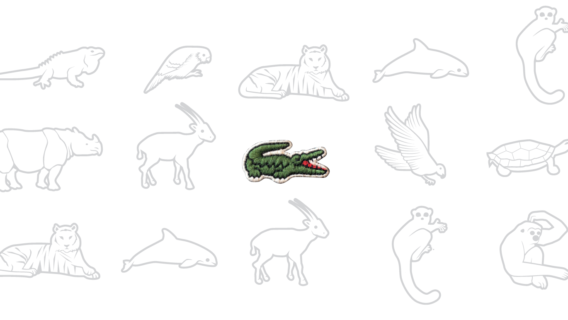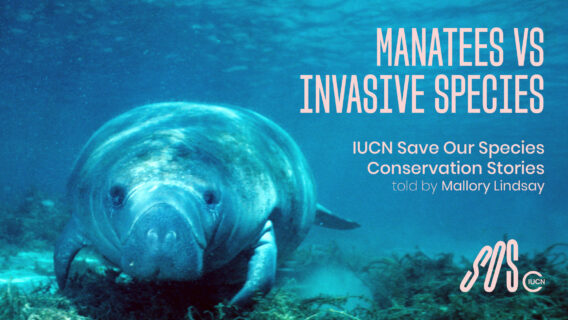New IUCN SOS African Wildlife Initiative country brief spotlights species recovery and innovation in South Africa

In the mountains of the Western Cape, tiny frogs are rediscovering their voices. On Bird Island, African penguins are hatching chicks for the first time in years. And in the rivers of the Cederberg, a fish once thought doomed is making a quiet return.
These stories of recovery, resilience, and innovation lie at the heart of a new IUCN Save Our Species African Wildlife Initiative (AWI) country brief.
The South Africa country brief celebrates the people and partnerships that have driven tangible progress for some of the nation’s most threatened wildlife, from black rhinos and vultures to blue swallows and the elusive Clanwilliam sandfish. The launch coincided with a national workshop held in Pretoria titled “Advancing Species Conservation in South Africa: Pathways for Sustainable Impact,” where government, researchers, NGOs, and IUCN experts came together to reflect on achievements and shape next steps under the Global Biodiversity Framework (GBF).
South Africa: a megadiverse nation driving conservation innovation
Home to nearly 10% of the world’s plant species and three global biodiversity hotspots, South Africa stands as one of Earth’s 17 megadiverse countries. Yet despite its extensive protected area network and strong scientific institutions, the nation faces intensifying pressures from habitat loss, illegal wildlife trade, invasive species, and climate change.
Between 2020 and 2024, the AWI invested over €1.3 million across 15 major projects, strengthening the protection and management of over 5.5 million hectares of critical habitats. Through collaboration with partners such as the Endangered Wildlife Trust, BirdLife South Africa, WildTrust, Freshwater Research Centre, SANParks and Wilderness Foundation Africa, these efforts have yielded measurable results for species.
Notably, much of this portfolio was developed and implemented in the wake of the COVID-19 pandemic, a period that brought unprecedented challenges to conservation work across Africa. Supported through IUCN’s Rapid Action Grants mechanism under the AWI, these projects helped sustain frontline conservation during lockdowns, keeping rangers in the field, maintaining vital species monitoring, and ensuring community livelihoods at a time of crisis.
Key achievements include:
- Zero rhino poaching in reserves such as Somkhanda and Addo Elephant National Park during project implementation;
- A 17% increase in African penguin breeding pairs on Bird Island, marking the first growth in five years;
- Recovery of the Critically Endangered Clanwilliam sandfish, with over 25,000 juveniles rescued and reared in predator-free sanctuary dams;
- Discovery of new populations of the rough moss frog following invasive pine removal and controlled fire management; and
- Strengthened community engagement, providing livelihood opportunities to more than 3,000 people through training, employment, and small business support.
These results underscore the Initiative’s integrated model, combining species recovery, habitat restoration, technology, and local empowerment, as a driver of long-term resilience.
Science, policy, and partnerships for Target 4
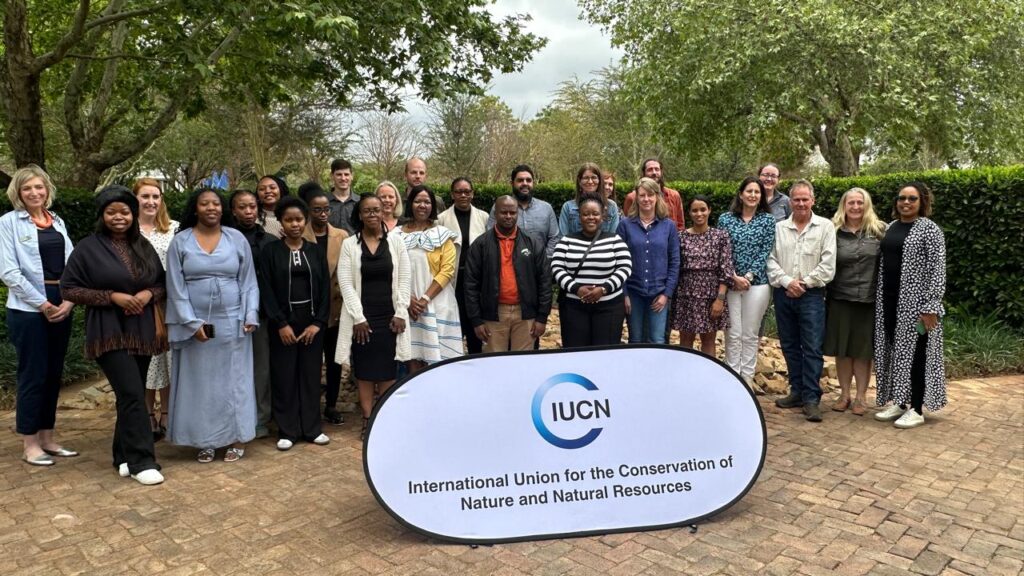
A central theme of the Pretoria workshop was bridging science and policy to meet GBF Target 4. Presentations from IUCN’s National Species Survival Commission (SSC) specialist group for South Africa and the South African National Biodiversity Institute (SANBI) highlighted how national Red List assessments, conservation planning, and inclusive “One Plan” approaches are informing policy and guiding species action.
The workshop also reflected on findings from the National Biodiversity Assessment (NBA), which revealed that 13% of terrestrial species are threatened with extinction — including 17% of mammals, 20% of amphibians, and over half of all freshwater fish. Estuaries and wetlands remain among the most threatened ecosystems, emphasising the urgency of integrating biodiversity into water, land-use, and development planning . the findings also highlighted on conservation efforts remain largely focused on terrestrial species, with limited data and attention given to invertebrates and marine biodiversity.
Participants stressed the importance of multi-sectoral collaboration, from government and private landowners to communities and youth. The event’s working groups identified priority areas for action: strengthening biodiversity data systems, scaling up AWI-supported best practices, ensuring policy coherence, mobilising sustainable financing especially for less charismatic species , and supporting inclusive approaches that engage youth, women, and Indigenous communities. Also discussed were SSC future plans to pilot the IUCN’s Green Status of Species in 2026. This assessment framework evaluates how far a species has recovered,or could recover, through conservation actions, focusing on restoration, recovery, and overall conservation success. The pilot will help measure and demonstrate South Africa’s species recovery efforts more comprehensively.
From the field: species conservation in action
The country brief presents inspiring examples of locally led conservation:
- In KwaZulu-Natal’s Hluhluwe-iMfolozi Park, real-time tracking and conflict-mitigation workshops reduced carnivore-related incidents while boosting populations of wild dogs, cheetahs, and lions.
- The “Fire for Frogs” project in the Klein Swartberg Mountains restored habitat for the Critically Endangered rough moss frog and discovered six new subpopulations.
- The Mabula Ground Hornbill Project expanded monitoring of “thunderbirds” beyond protected areas, mapping over 43,000 km² of habitat and training 40 landowners as custodians.
- In Tokai Park, Cape Town, restoration of degraded fynbos created a lifeline for the Endangered western leopard toad and uncovered a new population of a rare plant species.
- Efforts to protect the Lillie cycad in Limpopo introduced 24/7 camera surveillance and the first comprehensive population mapping of this ancient species.
Each case demonstrates how rapid, targeted interventions, often during moments of crisis like the COVID-19 pandemic, can safeguard biodiversity while strengthening community resilience and national conservation capacity.
Looking ahead: sustaining gains and scaling impact
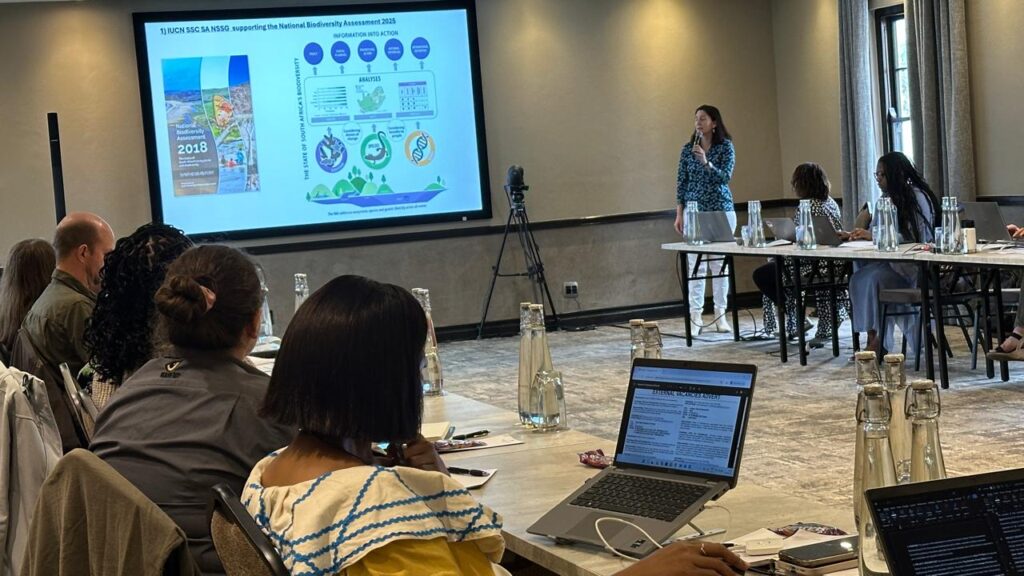
The workshop concluded with a shared commitment to sustaining these achievements through multi-year, flexible funding models, expanded access to conservation technologies and expertise, and stronger coordination and collaboration. Participants also called for increased attention to underrepresented species, particularly amphibians, freshwater fish, cycads, and vultures, groups that play vital roles in ecosystem stability but often receive limited investment. the critical role of effective communication in policy advocacy for species conservation was also emphasized, noting that strong messaging can bridge the gap between scientific knowledge and public understanding
Building on the AWI Rapid Action Grants impact
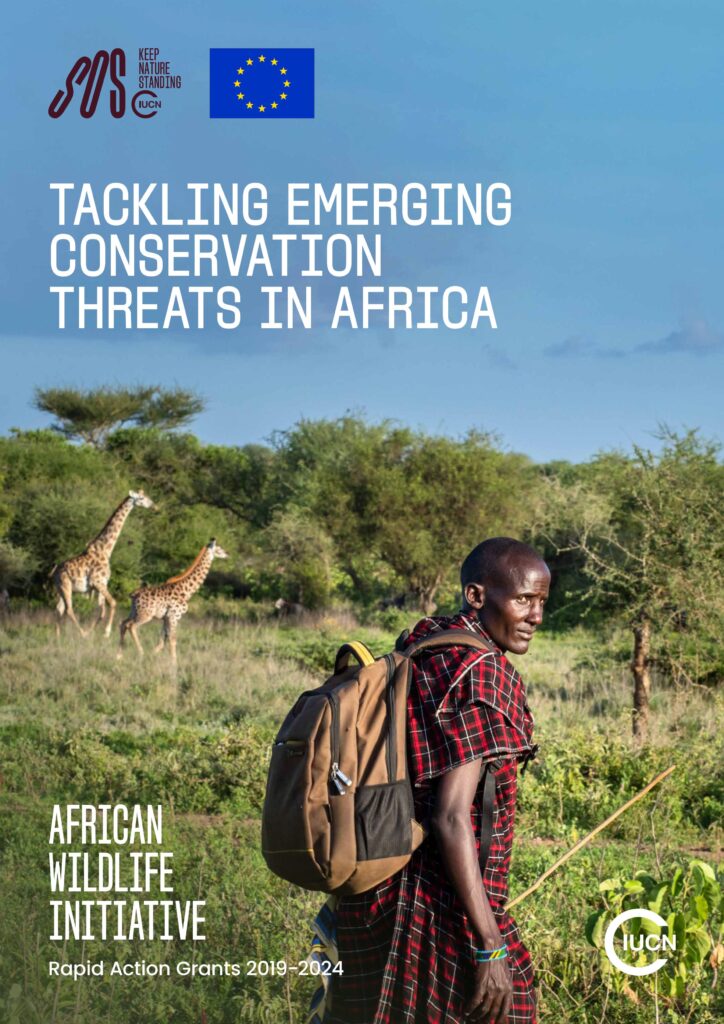
The country brief also builds on insights captured in the impact report Tackling Emerging Conservation Threats in Africa: African Wildlife Initiative Rapid Action Grants 2019–2024. The publication highlights how emergency grants enabled partners across 23 countries — including South Africa — to respond swiftly to threats from COVID-19, invasive species, and human-wildlife conflict, protecting over 80 million hectares of critical habitats and benefiting more than 270,000 people. Together, these experiences demonstrate how adaptive, rapid financing can sustain conservation through times of crisis and beyond.
A model for integrated conservation
As the final country brief in the series, the South Africa country brief encapsulates lessons from across the continent, demonstrating that conservation thrives where collaboration, technology, and local leadership converge.
Together with the country briefs for Kenya and Uganda and for Cameroon, the Democratic Republic of Congo (DRC) and Niger launched earlier this year, it offers a roadmap for delivering on the promise of the GBF and ensuring that Africa’s wildlife and people continue to thrive together.

